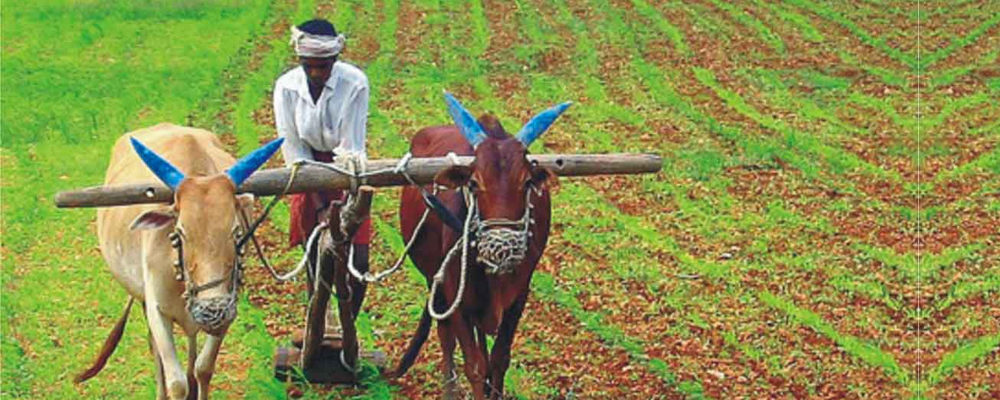
A case for modernization of agriculture in the country
Recently, farmers from a village in the Marathwada region lodged an FIR against Colaba and Pune weather stations of the IMD for their ‘misleading’ rain forecast in collusion with seed and pesticide manufacturers. This is the first such case filed against IMD in the country. The farmers claim that they started seed sowing operations based on the IMD forecast, however, after a brief spell of rain, there has been dry periods, which caused them severe financial losses (Report).
India’s agriculture is largely rainfed and farmers plan their sowings and other related activities based on monsoon predictions done by weather agencies, mainly Indian Meteorological Department and some private agencies. As of 2014, only ~42 % arable land is under irrigation in the country, making the accuracy of monsoon prediction a critical factor in successful agricultural productivity in the country, affecting both downstream and upstream factors in agricultural economy.
This is a very interesting development for agriculture in the country. Whether it is legally valid or not, this shows that now some farmers are willing to hold public agencies accountable for their action. These developments can only be good for all the stakeholders involved in agriculture, not just in the prediction of monsoon, but predictions for pests, market prices in a given season, etc. If a plethora of such complaints is raised against agencies having direct or indirect effect on agriculture, whether government or private, these agencies will have to gear themselves up technologically to improve the accuracy of predictions especially in climatic space.
This is the right time for the main stakeholders in agriculture, farmers, government and industry, put in efforts to improve the technology in their area of involvement in agriculture, whether it is Agri-inputs, farming, specific predictions (climate, pests and diseases), extension, and marketing etc. to make it more efficient and productive. Some of these technologies, stakeholders in Indian agriculture can look to adopt are image processing, neural network, IoT based extension and marketing approaches, big data, etc. to develop integrated climate–crop models to help to avoid losses to farmers due to wrong prediction or lack of information.
Author

AVP in Life Sciences Advisory Group
 Grow Beyond
Grow Beyond 

